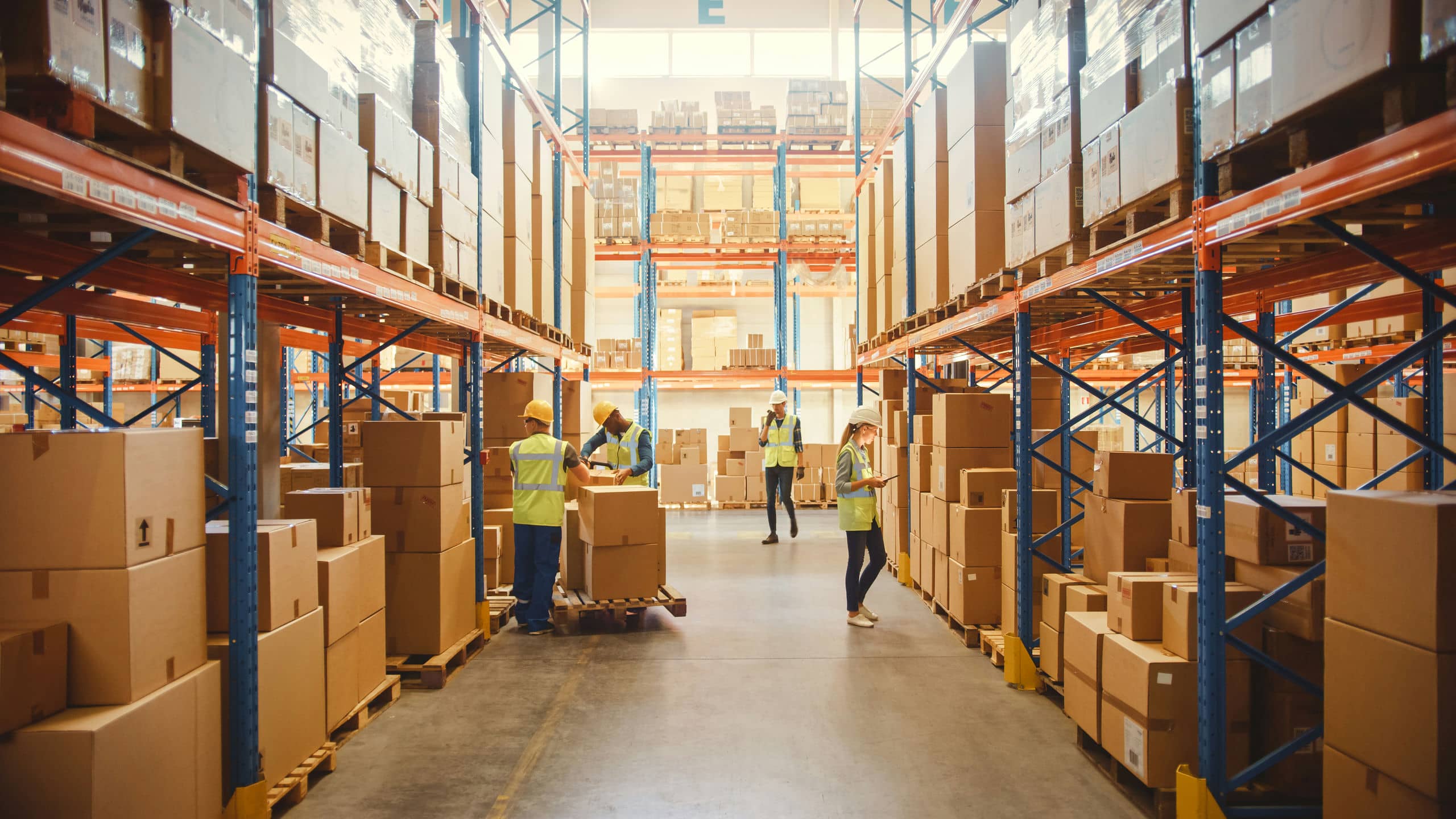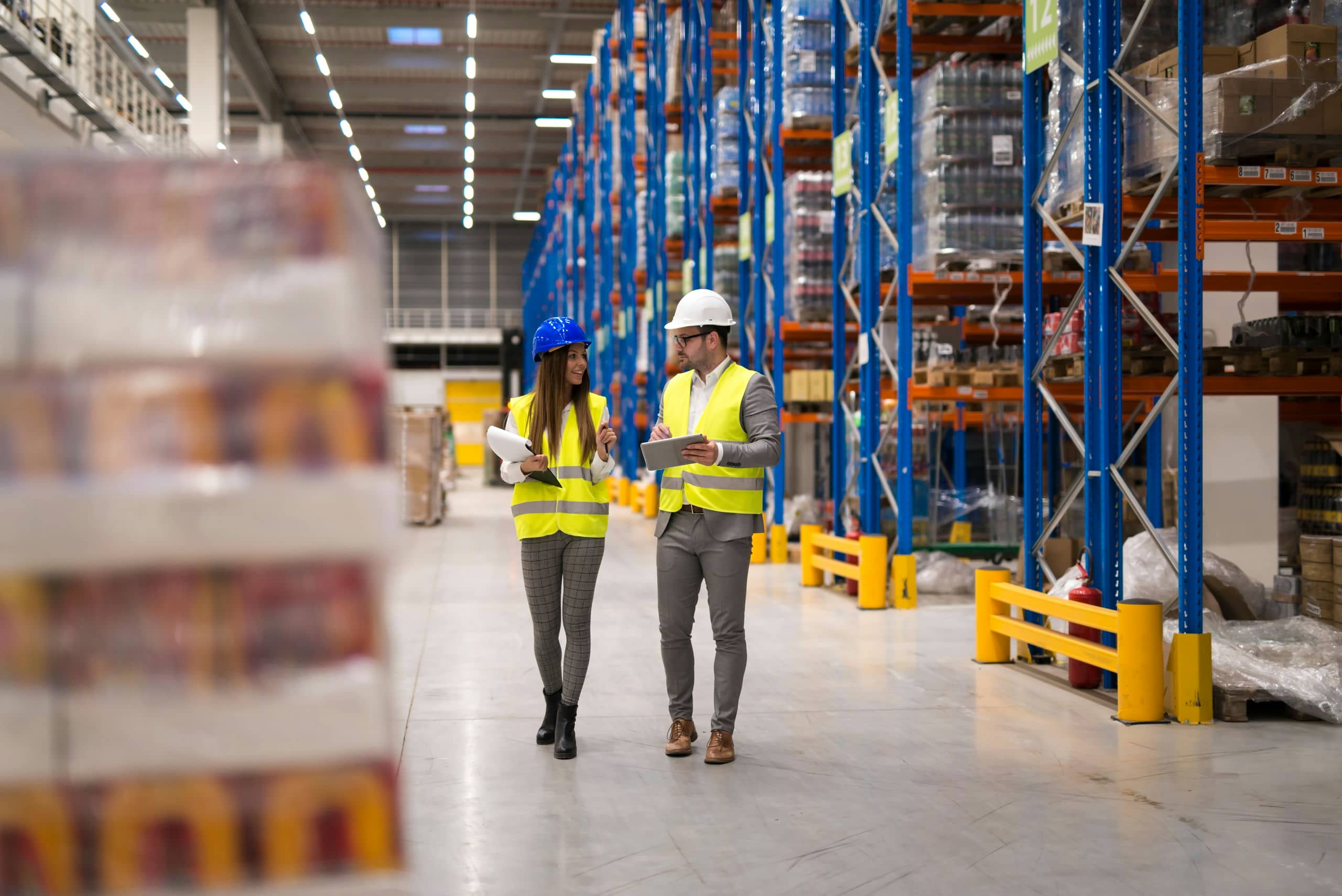You can’t always predict what timely trends may transform or disrupt the model of a third-party logistics facility, what outside forces may affect the logic flow to store and distribute goods to your customer base or which geopolitical trends may upend the buying stream. But there is indeed an art and a science to systematize the part of the supply chain you control. In fact, there are three critical dimensions worth considering to optimize your warehouse. Neglect any part of this trio, and you may find yourself missing out on the next big thing, including the money you can make.
#1: Many warehouses don’t account for high levels of customization
First thing’s first. Can you customize your offerings the way customers expect today? Many of us may have started with fulfillment spaces of 25,000 to 50,000 square feet selling homogenous goods being packed by friends and family, and we’ve fast forwarded to a sales environment in which very few orders are exactly the same. Nowadays, customer orders, ranging from club stores down to personalized eCommerce transactions expect that “batch of one” may be completely different from batches of 5,000, 10,000, 30,000 or more. Put in terms of those little snack chip variety packs ready-made for your kids’ bag lunches, imagine every one of these being distributed with absolute customization, as many eCommerce sites now enable, and you’ll recognize the myriad permutations your warehouses may have to fulfill. These sites have eliminated the classic supermarket model, recognizing today’s customers may want their products their own way. Think subscription beauty-products-of-the-month clubs, personalized to the region or person, fresh produce orders which may be a combination of apples, oranges and much more, or comic book collector kits customized by action hero or sub-genre – and you can start envisioning the exponential variations for which your physical plant may need to be prepared. Heating, lighting and insuring the basic cube space you use daily can make a tremendous difference.
#2: Some miss the mark on dynamic, intelligent inventory management

#3: Automation can augment labor-constrained spaces
You know what else may be missing from your warehouse? The labor you once had! Many still haven’t returned to the workplace, and others have calculated they’re in enough demand to not give their all to the efficient warehouse you’re optimizing. This is where automation can be an extremely efficient and effective operational asset. Once you determine what existing inventory management is robust enough for your needs, automation can help compensate for a lack of efficient human labor, and you can deploy top performers to take on “Task X” instead of “Task Y.” Perhaps your warehouse is handling more direct shipping to end users instead of traditional big box retail, or maybe it’s now 50/50 instead of 80/20. You may even calculate that you need a certain amount of capacity to allow flexible scale to move products around based on market demands. The right automation solution can involve AI or robotic arms with mobility to do certain picking, coupled with appropriate slotting, to prioritize popular products based on analysis or market conditions. Many may think the costs of installing automation technologies would have lots of zeros after that first comma, but you may be surprised at some simple and affordable options. Some of our customers have seen double or triple the volume with basic automation that distills down to mere minutes what used to take an hour in terms of order picking, conveyance into pack stations and output to shipping doors toward your customer.
Fortunately, you can avert fulfillment failures and ensure you don’t neglect any of these critical areas by analyzing your current situation and ensuring it is future-proofed. A facility walk to determine what a day in the life of an order in your business can reveal multitudes. Many of our customers make this trek around their own space followed by a whiteboard session to sketch out and rapidly prototype what the warehouse could look like two to three days or four to five years from now. You’ll find yourself exploring many of the big open-ended questions such as “Do my current technologies meet my needs?” and “Can I continue to fulfill my customer demand with a waning labor force?” or, can I really let those avocados languish in a sub-optimal slot! These queries will help you ascertain if your warehouse needs a little nip and tuck or major heart surgery – or if you may need an entirely new physical plant. We love talking through these issues and are thrilled to help you take them on today for the good of your business.
Contact us to schedule a walk-through and assess your needs.

